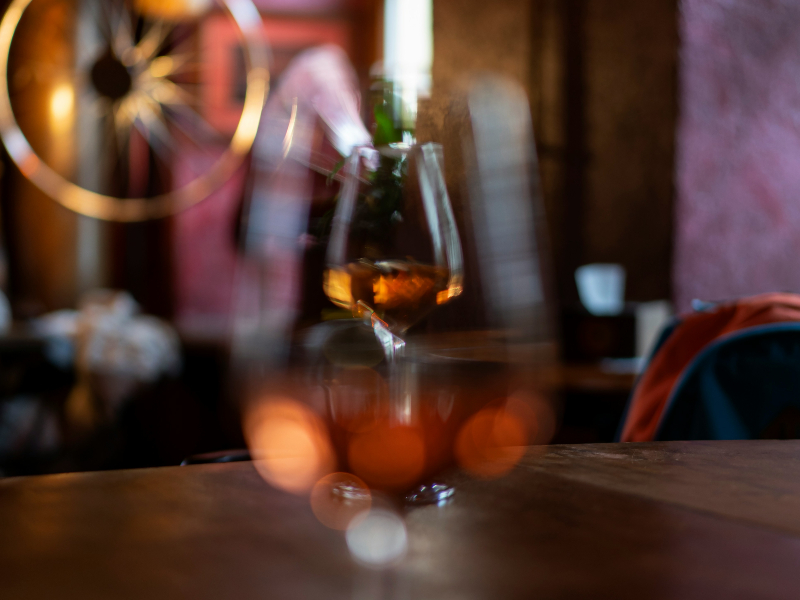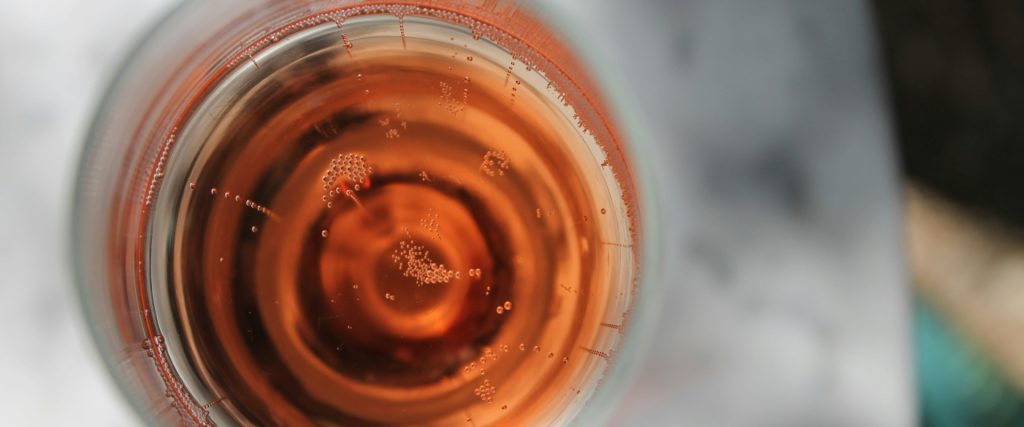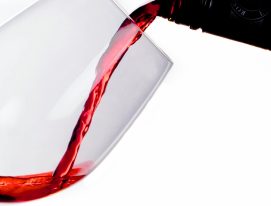Argentine rosé was once a choice solely for summer but in recent years the category has quietly grown ever more sophisticated, earning plenty of acclaim in the process. For a long time the wine was only consumed by a small portion of the market that wasn’t too concerned with flavor, but now Argentine rosé has found its place on tables all year round and the world is beginning to discover an exciting new facet of the Argentine wine scene.
The days of claret-style rosés with sweet, potent flavors derived from Malbec are behind us. Now, the preferred style is Provençal in color with a vibrant palate that adapts well to a large range of meals and occasions. Here, we explore what lies behind the recent change and suggest a few to add to your list of Argentine wines to try.
The success of new Argentine rosé

Across the world, the consumption of rosé has risen by 20% in the last decade. Market specialists note that the growing popularity of Argentine rosé is mostly driven by the youth market as they tend to be wines that are easy to drink and associated with social gatherings and casual occasions, while plenty of work has been done on the image of the bottles to make them seen as sophisticated and trendy.
In Argentina, the numbers back up this perception with growth in consumption outpacing that of reds. Rosé is no longer seen as seasonal and the labels are being given more prestigious places on wine lists and in wine stores.
Argentine rosé: beyond Malbec

In the home of Malbec, rosés have for years been made from the variety. However, recently other varieties have been used and stand-out versions made with red grapes include Otronia 45° Rugientes Rosé, made with Pinot Noir; Clara Benegas Cabernet Franc; Punta de Flechas Rosé de Tannat; Pulenta Rosé S´il Vous Plaît from Merlot and Escorihuela Gascón Gran Reserva Rosé and Bira Rosa Di Rosso, which combine Syrah and Sangiovese.
Argentine rosés that combine red and white varieties are also achieving exquisite results. They include Gran Lurton Rosé, made with Pinot Gris and Cabernet Franc; Lagarde Organic Rosé made with Semillón and Malbec; Ver Sacrum Ménage Clarete GSM from Grenache, Syrah and Marsanne; and the unusual MiKron Rosé from Krontiras, which is made from Aglianico and Malbec.
A lot of producers are finding that the switch in variety is helping them to produce more subtle, light and refreshing rosés.

Dry, vibrant rosés
One major prejudice that has traditionally faced rosés is their association with sweet wines containing residual sugars. Today, in contrast, rosé wines are often dry, linear and fresh, making them refreshing, vibrant and versatile for food pairings. To achieve this, plenty of precise work has been done in the vineyards dedicated to growing these wines, before and after the harvest. Excellent examples include Flora Pinot Noir Rosé by Zaha, Livvera Rosé de Sangiovese and Susana Balbo Signature Rosé, a blend of Malbec and Pinot Noir.
Rosé rosés
In addition to the flavor, the market, especially younger demographics, are appreciating the change in color to a lighter pink and onion skin, packaged in stylized bottles. The subtle tones reflect the delicate flavor produced by minimal skin contact and extraction. Examples include Padma Garnacha Rosé de Corazón del Sol, Sin Fin Fugaz, an unusual rosé made with Bequignol, and Gaia Rosé Orgánico, made with Pinot Noir.
Aged rosés
Historically, rosés were seen as summer wines, which meant they had to be drunk very young. Today, however, there are plenty of Argentine rosés that are benefitting from a little time in the bottle, to the degree that they might surprise drinkers the way a good white or red cellar wine can. They don’t last too long, but some are developing over a period of five years or so, as can be seen with the Saint Felicien Rosé (an assemblage of Grenache, Syrah and Malbec), Mendel Rosadía, Montfleury Rosé de Pinot Noir and Año Cero Rosa de La Consulta from Altocedro.



